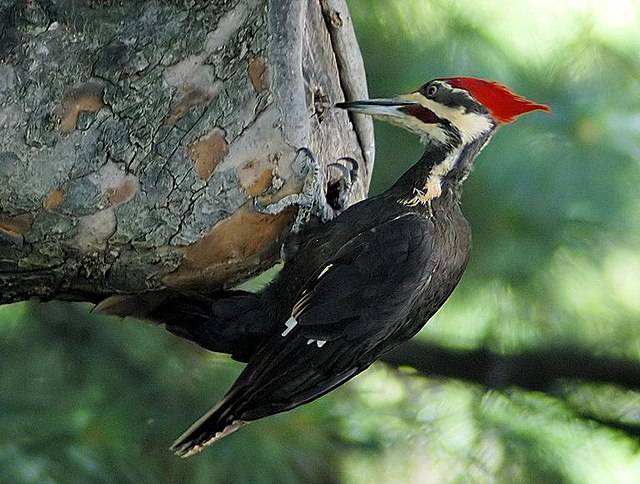Woodpeckers are intriguing birds known for their distinctive behavior and adaptations that enable them to thrive in various environments. With over 180 species found worldwide, these avian marvels have captured the curiosity of birdwatchers and nature enthusiasts alike. Let's delve into five captivating facts about woodpeckers.
1. Remarkable Drumming: Woodpeckers are renowned for their rhythmic drumming on trees, a behavior that serves multiple purposes. This drumming isn't just for creating a musical beat; it's a form of communication. They use it to establish their territory, attract mates, and signal danger. Remarkably, woodpeckers can drum at speeds of up to 20 times per second, creating a resonating sound that can be heard from a considerable distance.
2. Strong Skull and Beak: To withstand the repeated impacts of pecking, woodpeckers have evolved unique adaptations. Their skulls are thick and dense, acting as a shock absorber to protect their brain from injury. Additionally, their beaks are strong and chisel-shaped, allowing them to excavate holes in search of insects and create nest cavities in tree trunks.
3. Sticky Tongue: Woodpeckers employ a specialized tool to extract insects from crevices and tree bark – a long, sticky tongue. This tongue can extend up to four times the length of their beak. It's coated with barbs and a sticky saliva that helps them capture prey with remarkable precision. Once their meal is secured, the woodpecker retracts its tongue into a groove in its skull.
4. Acrobatic Climbers: Scaling tree trunks and branches requires impressive climbing skills. Woodpeckers possess stiff tail feathers that provide stability as they move vertically. Their strong feet have two toes pointing forward and two backward, allowing them to maintain a tight grip on surfaces. This acrobatic prowess enables them to explore various parts of trees that other birds can't access.
5. Conservation Concerns: While woodpeckers are adaptable birds, some species face conservation challenges. Habitat loss due to deforestation and urbanization impacts their nesting sites and food sources. Additionally, climate change can disrupt their natural habitats and the availability of insects they feed on. Conserving woodpecker habitats and raising awareness about their importance in ecosystems are crucial for their survival.
In conclusion, woodpeckers are truly extraordinary creatures with an array of adaptations that make them stand out in the avian world. From their distinctive drumming behavior to their specialized anatomy for pecking and climbing, these birds continue to inspire awe and appreciation among nature enthusiasts. As we learn more about these feathered marvels, it becomes increasingly important to work towards their conservation and ensure that their unique behaviors continue to enrich our natural world.


